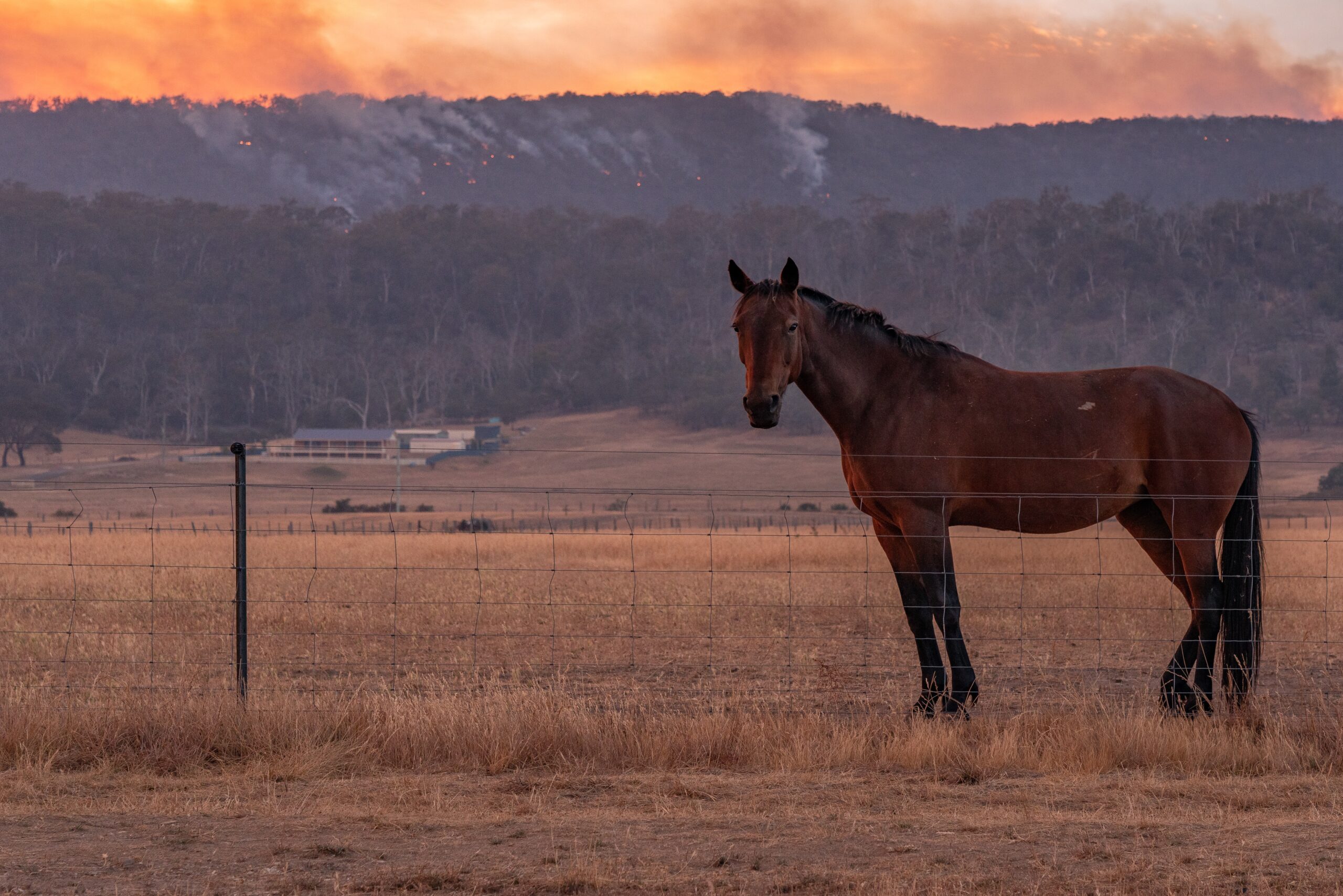Australia’s greenhouse gas emissions are rising and global temperatures are increasing. So where are we at with our pledge to reduce emissions and how is the warmer climate impacting life in WA?
It’s not great news. In 2021, Australia ranked last in the Climate Change Performance Index (CCPI). The annual report ranks the performance of 61 countries on how well they’re tracking with their Paris Agreement promises.
Dr Jatin Kala is a senior lecturer in Atmospheric Science at Murdoch University. Jatin contributed to the 2019 IPCC report on the impact of global warming above 1.5°C. He says it’s unlikely we’ll meet our targets under the current plan.
“What is required to achieve that target is significantly more than what we’re currently doing,” says Jatin.
“For keeping warming below 1.5°C, my personal view is our current policies make that unlikely.”
The good news is the rate of our current CO2 emissions have decreased in comparison to 2000–2009.
But according to the Intergovernmental Panel on Climate Change (IPCC), this isn’t enough. We need to produce less emissions, not just slow down on making more.

On 4 April, the third instalment of the IPCC’s Sixth Assessment Report was released. And while the report focuses on the future, there’s no denying Australia is already experiencing major changes due to a warming climate.
Cooler crops
The southwest of WA is a global biodiversity hotspot. The region’s unique and diverse plant and animal species (some found nowhere else on the planet) are struggling with an increasingly hot and dry climate.
On top of native flora and fauna losing habitat, livestock and cropping farms are losing profitability. Rising annual temperatures and declining rainfall are hitting farms hard.

The annual profits of an average farm in 2000 decreased by 23% in comparison to a similar farm in 1950 as a result of a change in climate. The frequency of unprofitable farm years doubled between 2000 and 2020.
Aussie farmers now rely on new technology and changing crops to offset the loss.
So what can we do? Jatin’s research found one surprising trick for keeping temperatures cooler: crop colour.
“If you talk to pilots flying in the southwest, they talk of when planes travel from agricultural land to native vegetation,” says Jatin.
“They experience thermal lift because the native vegetation is darker [than crops], gets hotter and generates strong thermals.”
Darker vegetation means lower albedo.
Albedo describes how much sunlight (i.e. heat) is reflected by a surface. Lighter-coloured surfaces reflect lots of sunlight (high albedo) making them cooler. Darker surfaces reflect less sunlight (low albedo) making them warmer. The phenomenon is one of the main reasons why urban areas are much hotter than nearby rural areas.
But while increasing albedo can help keep our neighbourhoods and farmlands cool, it won’t stop the increase in global temperatures. For that, we need to think about energy use.
Individuals can only do so much
Insulation isn’t a popular topic in Aussie life, but better building codes could make a huge difference.
According to the Climate Council, well-insulated houses could save occupants an average of $450 per year in heating and cooling costs. It could also help prevent hundreds of deaths from cold-related disease each winter.
“Things like standardising window double glazing lowers costs and saves energy,” says Jatin.
“We need energy infrastructure designed for renewables – that’s the challenge.”
According to Jatin, another action individuals can take to help reduce emissions is choosing green energy retailers and ethical superannuation funds.
Ultimately, the biggest change needs to come from legislation. The Australian Government’s action on climate change is rated poorly by the international community, such as the Climate Change Performance Index, the United Nations and our Pacific neighbours.
“There’s only so many forests you can regrow,” says Jatin.
“Carbon capture and storage has failed. Big industry players like Andrew Forrest acknowledge that.”
“Industry is diverting from coal and fossil fuels, but that market mechanism takes time – we can’t rely on that alone.”
“If we want to achieve the Paris Agreement targets, we just need to reduce emissions right now and we need legislation to do that,” says Jatin.









